There are lots of short and medium-term strategies we discuss in order to be successful at digital activism. But there is one long-term strategy that rules them all: Building assets.
Renting vs Owning
There are really only two digital assets you own: your domain/website and email list. Everything else–like your Facebook page, Twitter account, YouTube channel, etc.–are all rented. While you kinda/sorta own the content, you don’t own the account and can be suspended and/or kicked off at any time for any reason. And when it does happen, there is usually no recourse and no human you can talk to.
Your domain and website, however, are assets you do own. While it’s possible that your website hosting company can de-platform you, it’s rare. And you can always find another host to migrate your website. That goes for your email list, too. While you can be booted from your email provider, the list of names and emails still belongs to you and you can move them to another service. Whether it’s for digital activism or private business, there is no more valuable digital asset than a high-quality, opt-in (more about this later) email list.
Why Are They Valuable?
Social media channels certainly have value. They make it possible to reach people you otherwise wouldn’t be able to reach. However, your goal should be to use your social media influence to drive traffic to your website and build your email list.
Websites Age Like Fine Wine
A website has great value for several reasons. First, as mentioned, you own it. But also, you have complete control over the user experience. You can craft the content, frame the messaging, and influence user behavior. When someone visits a page on your website, it’s not simply an opportunity to provide them with information. It’s an opportunity to gain a volunteer, secure a donation, land another email subscriber, etc.
The other important thing to consider is that websites build value with age. The older a domain and website are, the more “juice” they have with the search engines. That’s why it’s a terrible idea to launch, decommission, and then re-launch a website every two years for different campaigns. You’re starting over from scratch every time and wasting all of the work you’d done previously.
The process of improving a website’s traffic from search engines is called search engine optimization (SEO). SEO is a very big and complex topic but I can summarize it as follows. Publish quality, optimized content on your website, and acquire links from other influential websites. I’ll go into more detail on that topic in another post. SEO takes a long time to build but the investment is worth it. Traffic from search engines is like manna from heaven.

Email Lists Are the Glengarry Leads

I’m a huge fan of the movie Glengarry Glen Ross. If you haven’t seen it, the film depicts two days in the lives of four real estate salesmen and how desperate they become when the corporate office sends a trainer (Alec Baldwin) to “motivate” them. He tells them that, in a week’s time, all except the top two salesmen will be fired. The most famous scene from the movie is Baldwin’s motivational speech in which he announces that the top two salesmen will be given access to the so-called Glengarry leads, which are the most promising sales leads the company has.
A high-quality email list is still the most valuable marketing asset a company or activist can have. They are the Glengarry leads of digital activism. Email marketing isn’t as effective as it used to be thanks to spam filters but it’s still more effective than almost any other digital marketing tactic. There are lots of keys to building and maintaining a quality list but I’ll mention a couple of the more important ones.
First and foremost, it MUST BE AN OPT-IN LIST. I know you’ve given your email to one political candidate only for that email to end up on a hundred other lists. That’s because the campaign manager is usually a consultant who horse-trades these lists for a living and isn’t particularly interested in delivering value or building a relationship. In order to successfully build an opt-in list, you must provide value and be remarkable.
Conclusion
The best time to plant a tree was ten years ago. The second-best time is today. Attention is rarely paid to building assets outside of election season. That’s a mistake. Off-cycle is the best time to be investing in your digital assets because the noise level and competition are so much lower, not to mention you won’t be busy campaigning. Every election, I have countless conversations with candidates that include the phrase, “Well, it’s too late now but…”
So plant that tree today.


